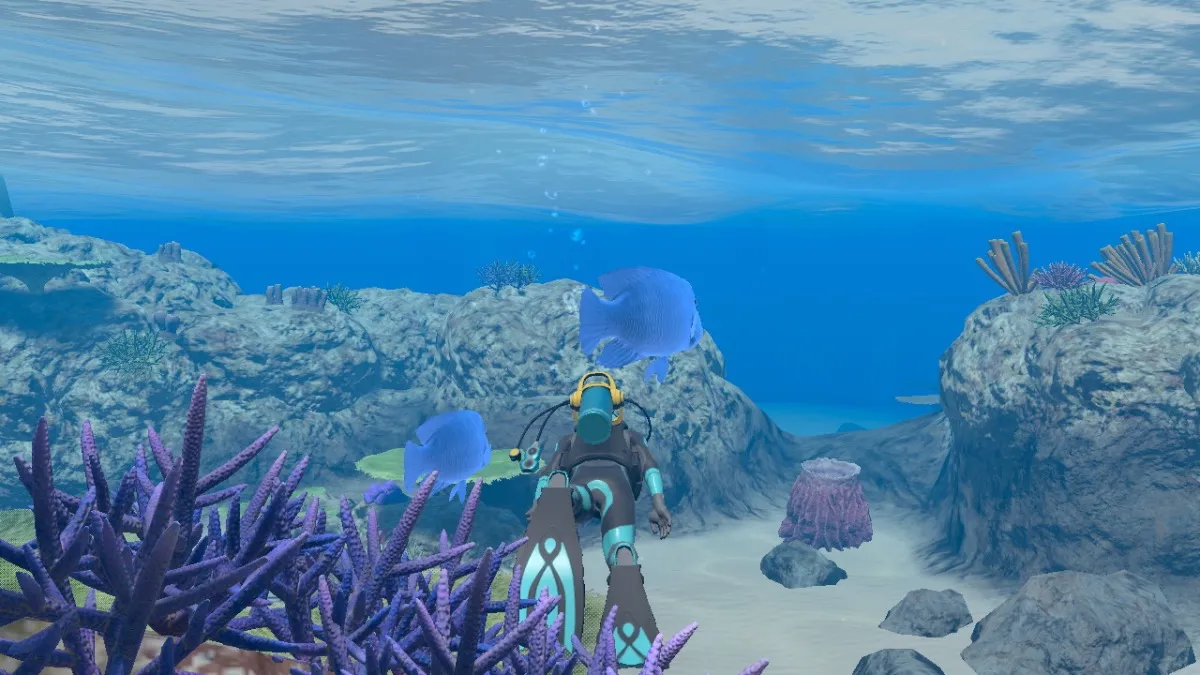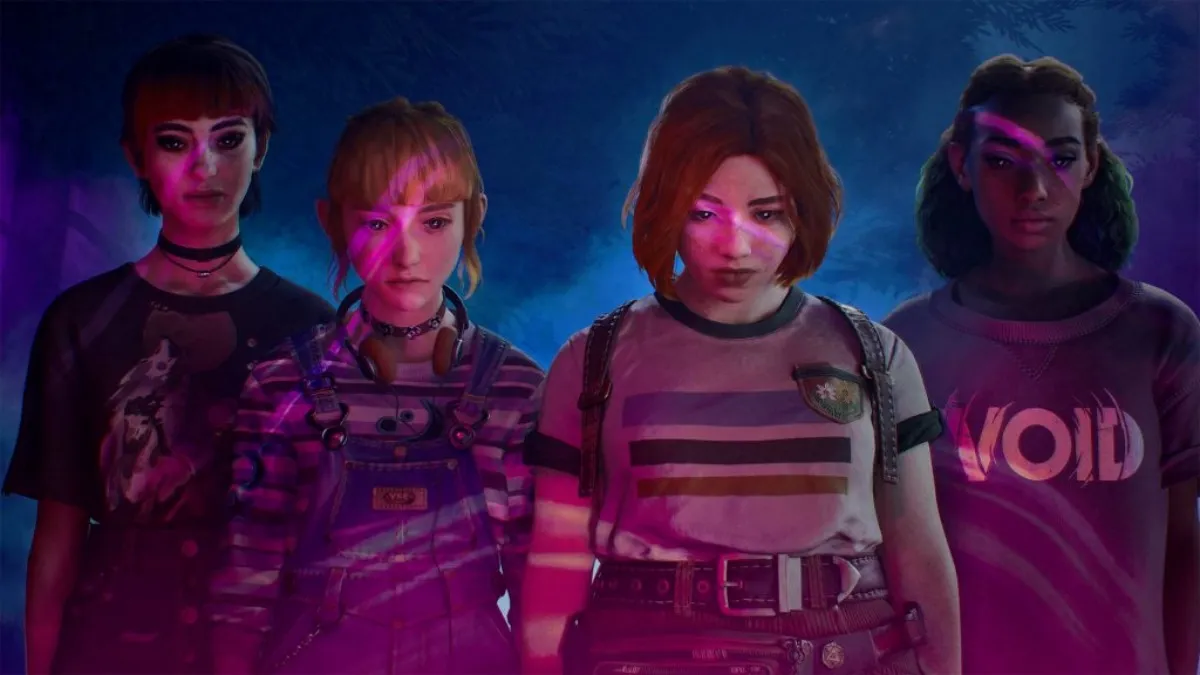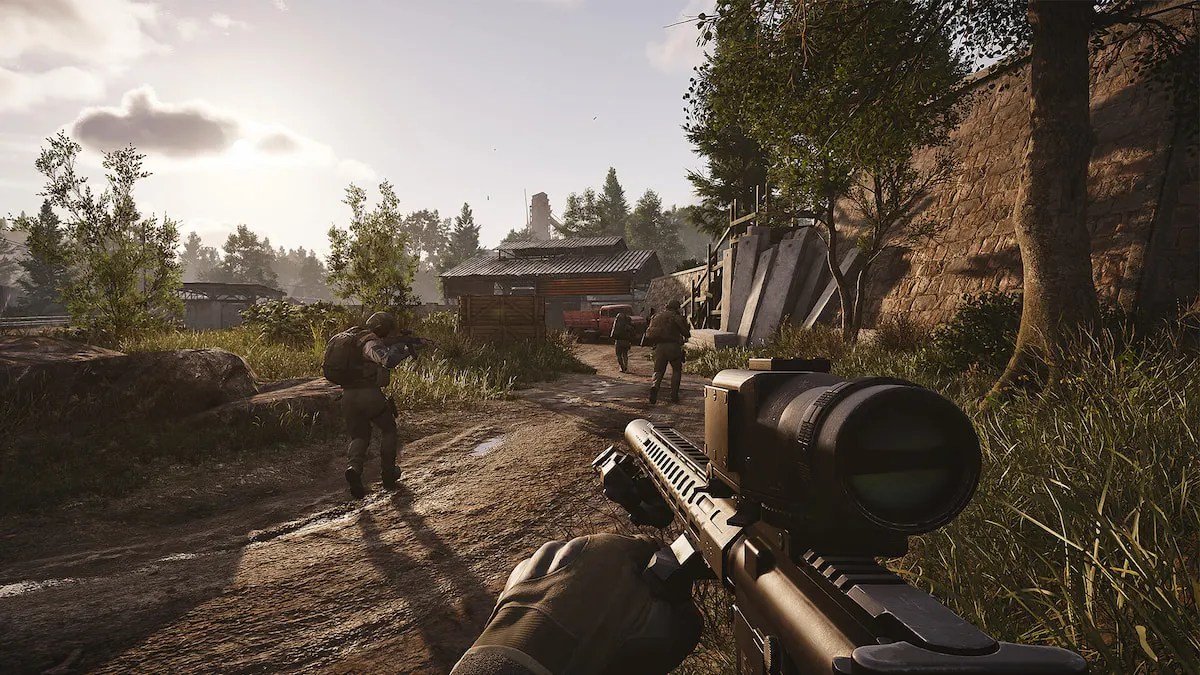We’re only just getting over what an astonishingly good game The Legend of Zelda: Breath of the Wild turned out to be, especially with the recent release of the Champions Ballad DLC whisking us back to Hyrule for another adventure. But there’s a new reason to be excited about Zelda, because series producer Eiji Aonuma recently mentioned development has already begun on a new entry in the series.
Notably, in an interview last year, Aonuma spoke of development techniques to reduce the four to six-year cyclical development of Zelda games gone by. That being said, we’re not expecting anything tangible to be shown for quite some time to come. Even so, the anticipation of another massive open-world Zelda game has us mulling over our most-wanted list when it comes to new features, changes, and things we want to see more of in the next Hyrule epic.
A Deeper Narrative

Breath of the Wild puts its superb physics-based gameplay right at the forefront of its design, and we absolutely love it for that. Hyrule is a magical fantasy land with exciting discoveries around each corner, but it’s also just one big playground to go and have fun in. After as little as a single hour of gameplay, Breath of the Wild has shown you everything you need to know about the rules of its world and simply invites you to entertain yourself in any way you see fit. No waypoints, no hand holding, no set path to follow. It’s part of what makes it such a special experience.
That all being said, though, while Breath of the Wild does well to completely overhaul the traditional Zelda experience, we still missed the robust narratives that were such a core part of previous Zelda games. The meat of Breath of the Wild’s story is presented as flashbacks from before Link’s reawakening, while the stories behind each Divine Beast feel somewhat isolated from one another. There are still interesting plot points to enjoy, but it never quite feels like there’s one cohesive story-arc coming together and reaching an exciting climax. In a sense, each main quest – the Divine Beasts – feel more like side-quests, and the story-proper – the story of Zelda’s entrapment in Hyrule Castle and Ganon’s control of the machines – isn’t something we ever engage with directly, at least not until the very end of the game. We’re hoping for a more substantial story in the next game. And while we’re on the subject of main and side-quests, side-quests are certainly another area of open-world Zelda that needs attention. There simply wasn’t enough to the side-quests in Breath of the Wild, from the lack of interesting stories to the underwhelming payoff for actually completing them.
Speaking of which, another issue is that there aren’t nearly as many colorful and memorable characters as we’d have liked. Zelda has always been about endearing NPCs and charming dialogue, and again, they do exist in Breath of the Wild but only in small doses. Even Ganon is a faceless antagonist. A more conventional villain at the center of whatever catastrophe has blighted Hyrule in the next game would be a boon.
Perhaps Aonuma and his team should look to Majora’s Mask for inspiration? The notion of a tonally different, more story-driven Zelda experience that still uses all the assets and open-world design choices sounds fantastic. Just as Majora’s Mask did with Ocarina of Time, this latest title could represent a complete shift in the focus of mechanics and narrative impetus, presented within the same game engine. It also sounds like the perfect time to finally introduce a new playable character. You know… like, a certain princess.




